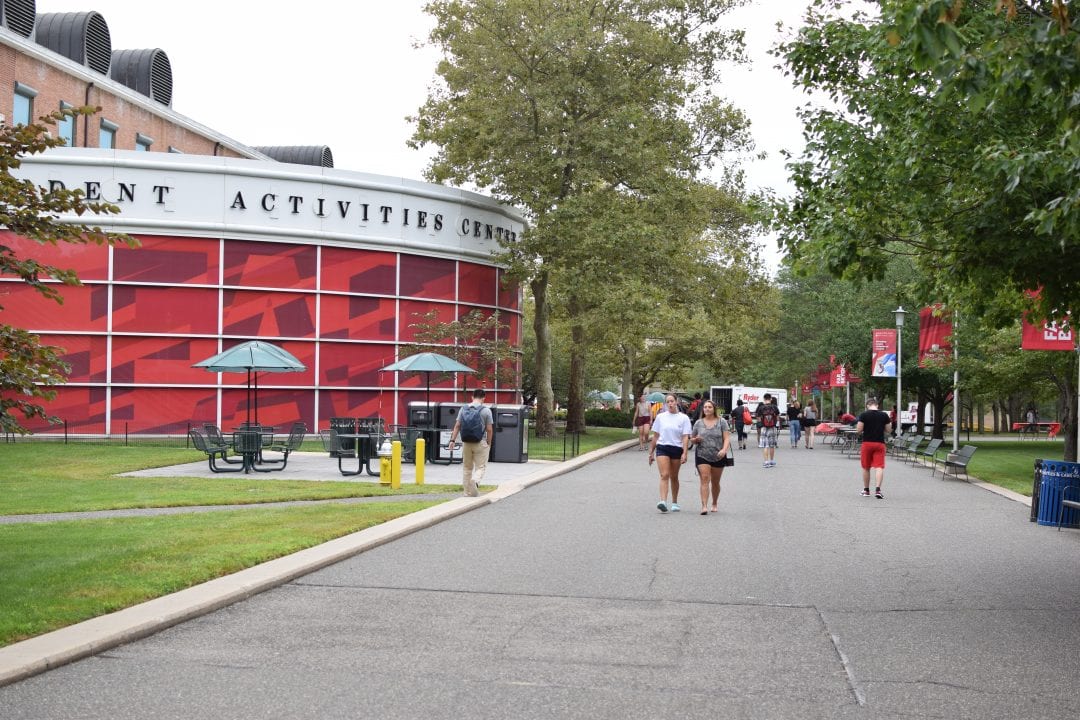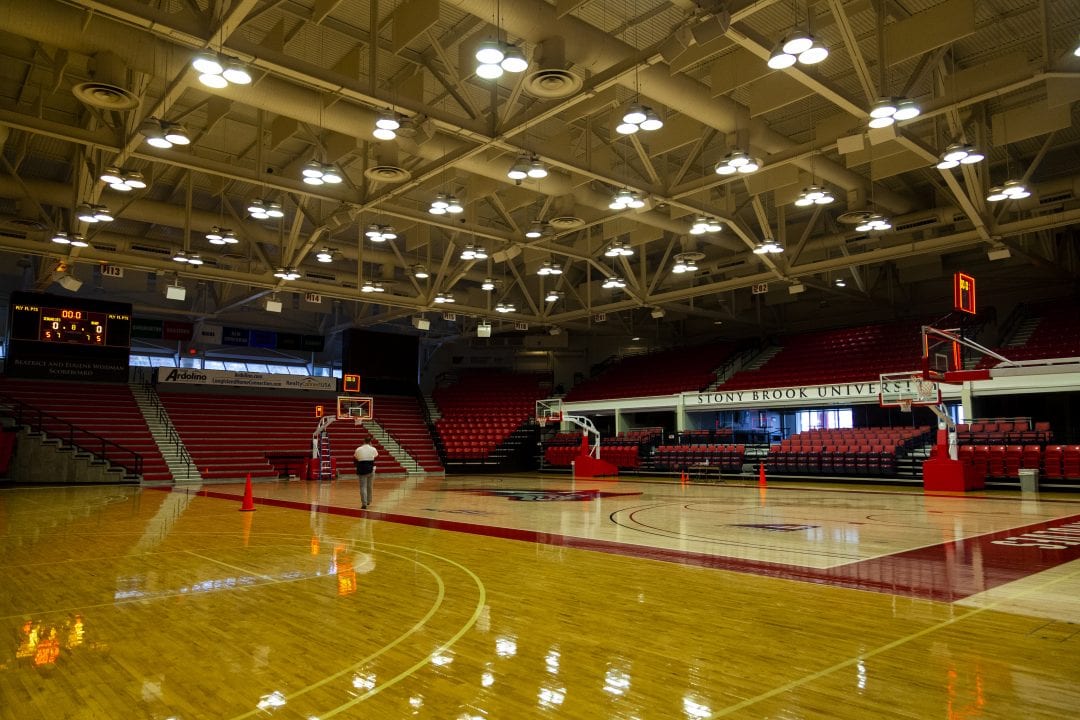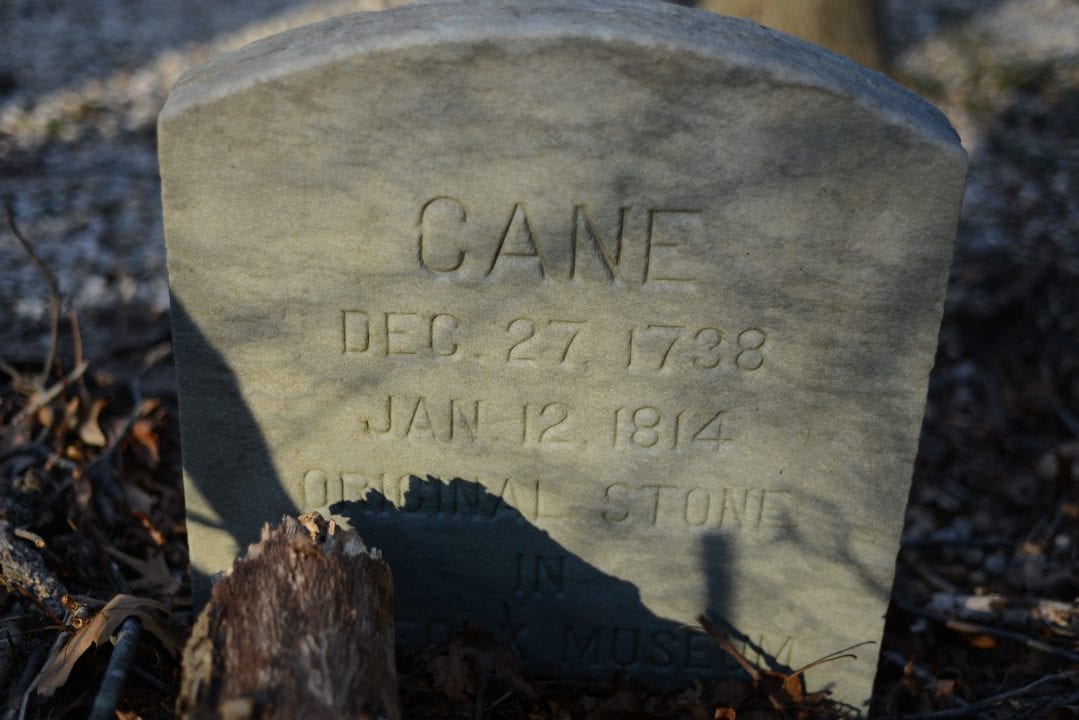
Stony Brook School of Medicine is preparing for a drastic change in teaching curriculum come the Fall 2014 academic year, with other medical schools across the country following suit.
Medical schools could no longer ignore the overwhelming transformations, both with a changing health care system and with how students learn in the age of the Internet. They all pointed to one thing: a system that has not been touched for over twenty years now needed a makeover.
“I think that across the country, students have been acting very similarly, and now a whole group of medical schools are finally getting the message that the old way of teaching just isn’t working anymore, we just have to change,” Dr. Andrew Wackett, assistant dean of Medical Education at Stony Brook, said.
The changes include condensing the first and second years of medical school into just eighteen months, as well as transitioning from classical lecture-style teaching to more interactive, group-based learning.
Stony Brook School of Medicine is just one of the many schools who plans to implement team-based learning, which requires students to learn the material ahead of time, and then apply that knowledge with their small groups of eight students.
Stony Brook is also not alone in its decision to cut the first two years of schooling into just eighteen months with the intention of allowing students to begin clinical work six months earlier than the old system allowed for.
“This is a trend that’s just getting started at most medical schools,” Wackett said. “We are not the first ones to do it, but certainly we’re probably in the first 25 percent of schools who are doing so. And I think over the next ten years, you’ll see many more schools follow this same trend.”
These overwhelming trends, as well as student feedback, revealed that more focus was put on passing a Step One exam at the end of the second year of medical school, and less on actually attending lectures.
“A lot of residency programs are focusing mainly on the grades of Step One over the grades of the first and second years of medical school,” Wackett said. “So the students started to value that Step One score more and more.”
The Step One exam is the first of three steps in the United States Medical Licensing Examination (USMLE) system, which is a three-step process a future physician must undergo before receiving their medical license. Step One is taken at the end of a student’s second year of medical school. The exam is multiple choice-based, and tests only for students’ general knowledge in the areas of science, including biochemistry and microbiology.
The uniformity of this test is what ultimately causes fewer students to attend lecture and instead focus on this exam that is standardized across the country, regardless of which medical school they attend.
Wally Omar, a fourth-year medical school student at Stony Brook and member of the admissions committee, agrees that studying for Step One has less to do with attending lecture and more to do with garnering material online from external resources.
“That’s why they’re moving towards this more interactive way of learning,” Omar said. “I think they saw that attendance at lectures is very low, and I would say for good reason, because there are certain days you are learning things that professors want to teach you just because they are researching it, and not necessarily because it’s going to help you in the future.”
The intended changes seek to counter this negative feedback from students, and are proposing not just more hands on interaction for students, but also more time for students to explore what field they want to pursue before applying for residency matches.
“A lot of us in our fourth year, we end the year and we realize there were certain things that we never really were exposed to during those first two years,” Omar said.
“This gives you extra time, if you’re interested in things like dermatology or ophthalmology, things that you weren’t necessarily exposed to unless you wanted to explore them. This gives you more time to route your options.”
However, not all medical school students are thrilled about the prospect of having their first two years of medical school put on fast-forward mode.
“The pace that we need to learn at is extremely quick, and to speed it up any further, I don’t even know if we could do that. That’s really quick,” Briana Locicero, a first-year medical student at Stony Brook School of Medicine, said. Her class is the last to experience the old curriculum, as the new one is set to be implemented this upcoming academic year.
“In team-based learning, doing cases by cases, you won’t have that level down deeper where you can consult your own knowledge and think about it actively,” Locicero said. “So that’s what I think is the added benefit of lecture and science-based classes and going slow with it.”
With these changes in medical school curriculum come the inevitable changes of the application process as well, with the two going hand in hand. One example is the new 2015 MCAT, which is now adding human and behavioral sciences with the intention of shaping future doctors, and not necessarily just scientists.
“You have to know an awful lot of science to be a good doctor, but you also have to know how to talk to people, how to interact with groups, how to collaborate as teams, how to understand problems about patients beyond just medical problems, but also social issues,” Wackett said.
“I think now is the time where the changes are starting, so it might not be five or ten years, but definitely twenty years down the line there’s going to be huge differences,” Omar said.
















